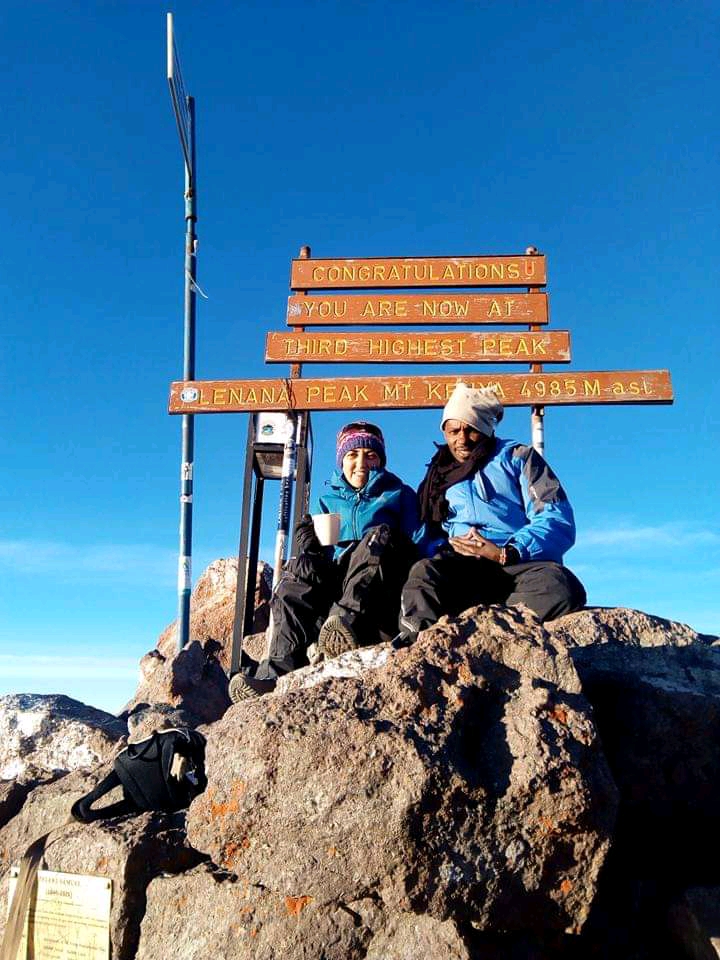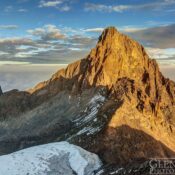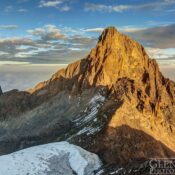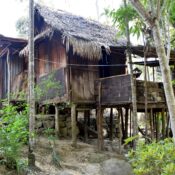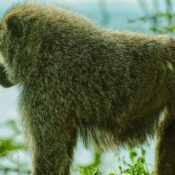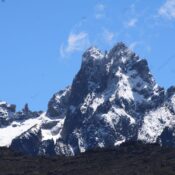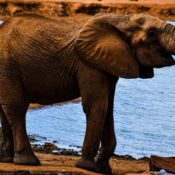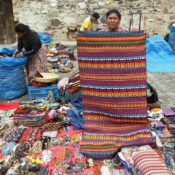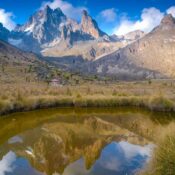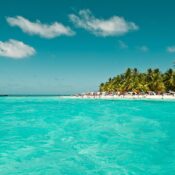In the realm of soaring heights and majestic landscapes, where the veil of clouds graces the tips of ancient peaks, lies the awe-inspiring haven of Mount Kenya. This enchanting ecosystem, nestled in the heart of East Africa, holds not only nature’s grandeur but also treasures beyond imagination. Amidst the symphony of emerald forests and alpine meadows, a multitude of avian wonders find solace. However, as tourism graces these hallowed grounds with its presence, a question looms in the air like a swirling mist: What is the impact of this influx on Mount Kenya’s delicate bird habitats? Let us embark on an exploratory journey to uncover the truth behind the interplay of tourism and the cherished avian life that calls this place home. From the coruscating plumage of tropical gems to the tireless altitude-defying flights of resident condors, we shall delve into the harmony or discord that emerges when humans and birds share the stage on the incredible Mount Kenya.
Table of Contents
- The Impact of Tourism on Mount Kenya’s Bird Habitats: A Fragile Balance
- Preserving Biodiversity: Mount Kenya’s Unique Bird Species at Risk
- Sustainable Tourism Practices: Protecting Bird Habitats on Mount Kenya
- Balancing Conservation and Economic Growth: Recommendations for Mount Kenya’s Bird Habitats
- Q&A
- In Conclusion
The Impact of Tourism on Mount Kenya’s Bird Habitats: A Fragile Balance
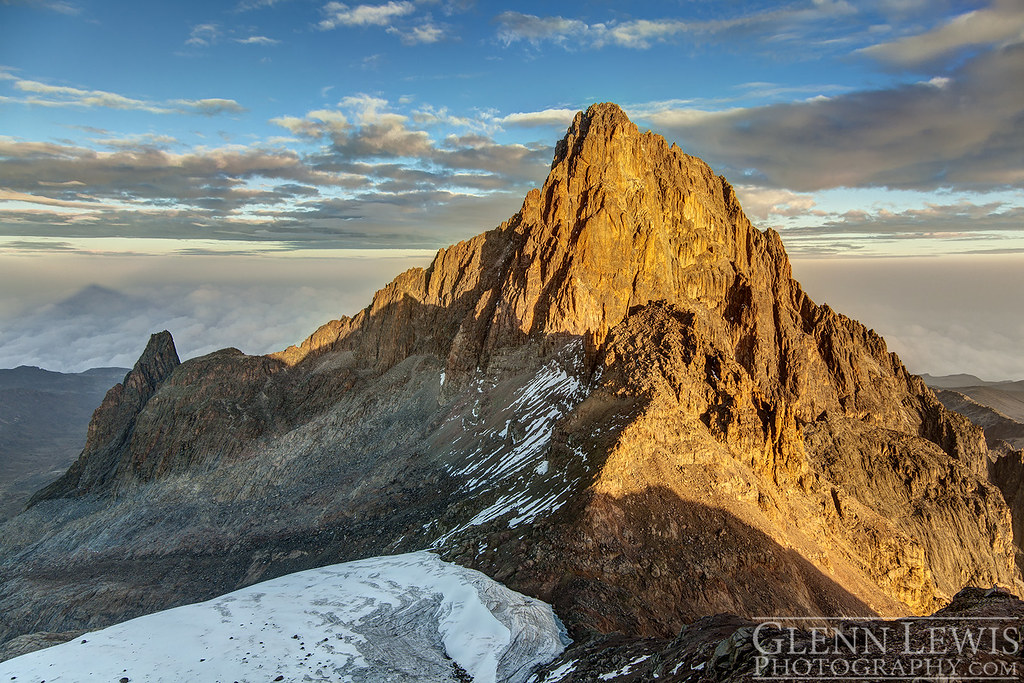
Mount Kenya, Africa’s second-highest peak, is home to a rich variety of bird habitats that have evolved over millennia. The impact of tourism on these fragile ecosystems has become a topic of concern in recent years. With the increasing number of visitors keen to explore the natural wonders of Mount Kenya, it is crucial to understand the potential effects that tourism can have on the unique birdlife found in this region.
One of the main concerns is the disturbance caused by human presence in the bird habitats. Nesting and breeding behaviors can be disrupted, leading to a decline in population numbers. Additionally, the construction of tourist infrastructure such as lodges and trails can further disrupt the delicate balance of these habitats. Proper planning and management of tourism activities are essential to minimize the negative impact on Mount Kenya’s birdlife.
Volcano Mountain Expeditions, a leading travel company specializing in African adventures, understands the importance of responsible tourism. They are dedicated to organizing trips to Mount Kenya that prioritize the preservation of bird habitats. Their knowledgeable guides ensure that visitors have a deep appreciation for the bird species found on the mountain while also respecting their natural environment. By partnering with Volcano Mountain Expeditions, travelers can embark on an unforgettable journey to Mount Kenya that combines adventure with responsible tourism.
Preserving Biodiversity: Mount Kenya’s Unique Bird Species at Risk
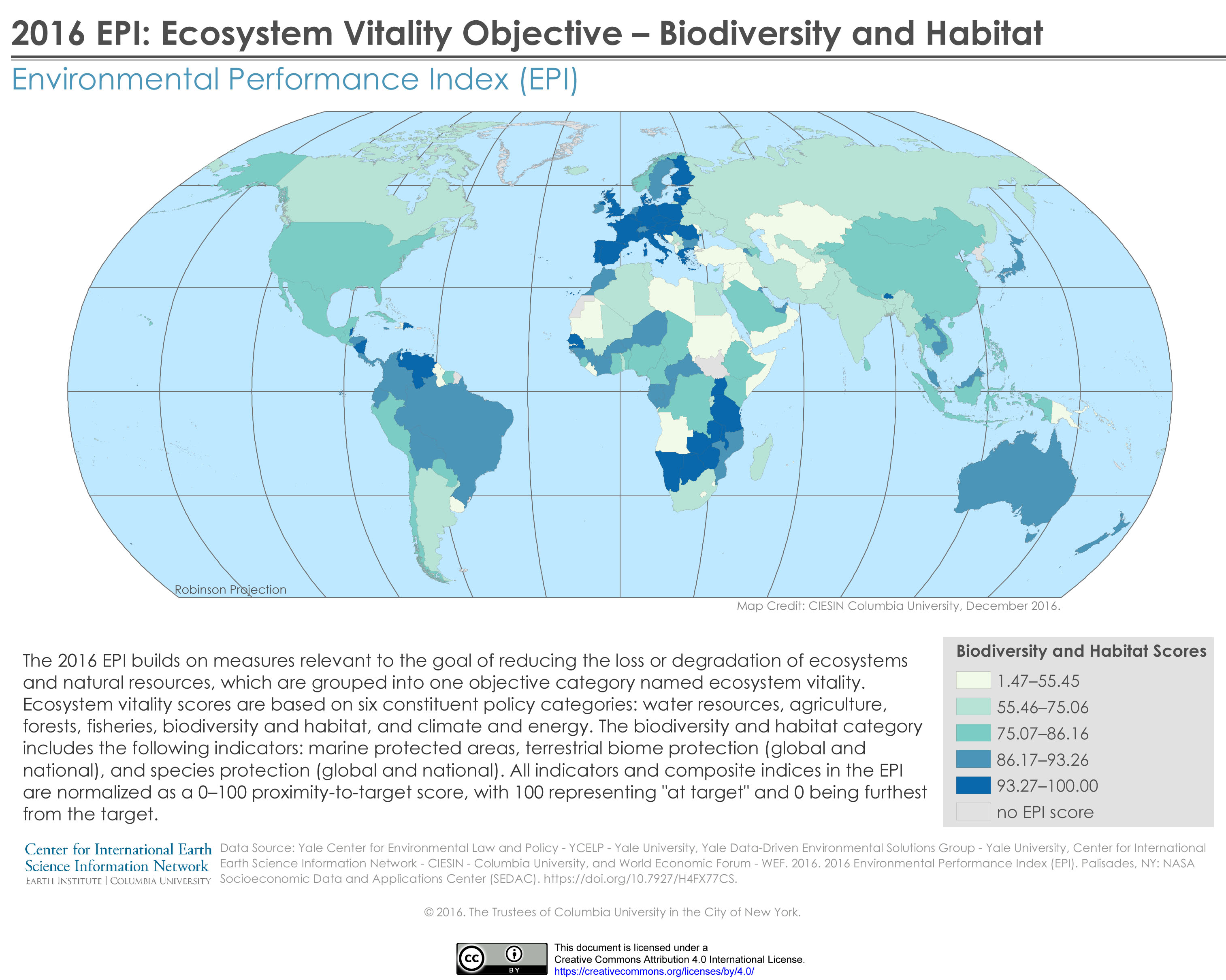
The diverse and unique bird species that call Mount Kenya their home are facing immense risk due to the impact of tourism on their habitats. With an increasing number of tourists visiting the stunning mountain, the fragile ecosystems that support these birds are being disturbed and degraded. This has led to a decline in the populations of these beautiful creatures, putting their survival at stake.
Mount Kenya, known for its breathtaking landscapes and rich biodiversity, is a haven for birdwatching enthusiasts. However, the rapid growth of tourism has led to a rise in human activities that disrupt the natural habitats of these bird species. Deforestation, pollution, and disturbance of nesting areas are just a few examples of the consequences of uncontrolled tourism. It is essential for both tourists and operators to be responsible and conscious of their impact on the local environment.
- Volcano Mountain Expeditions, a leading travel company specializing in African adventures, understands the importance of sustainable tourism to protect Mount Kenya’s unique bird species. Their expert guides have extensive knowledge of the region’s delicate ecosystems and provide comprehensive services to ensure minimal disturbance to the bird habitats during visits.
- With a strong commitment to health and safety, cultural sensitivity, wildlife encounters, logistical challenges, and budget considerations, Volcano Mountain Expeditions is dedicated to crafting worry-free and enriching journeys that allow travelers to experience the wonders of Mount Kenya while preserving its precious biodiversity.
By choosing responsible tourism operators like Volcano Mountain Expeditions, visitors can contribute to the conservation efforts and help protect the avian treasures that make Mount Kenya so unique. Together, we can ensure the long-term survival of these magnificent bird species and preserve the biodiversity of one of Africa’s most extraordinary destinations.
Sustainable Tourism Practices: Protecting Bird Habitats on Mount Kenya
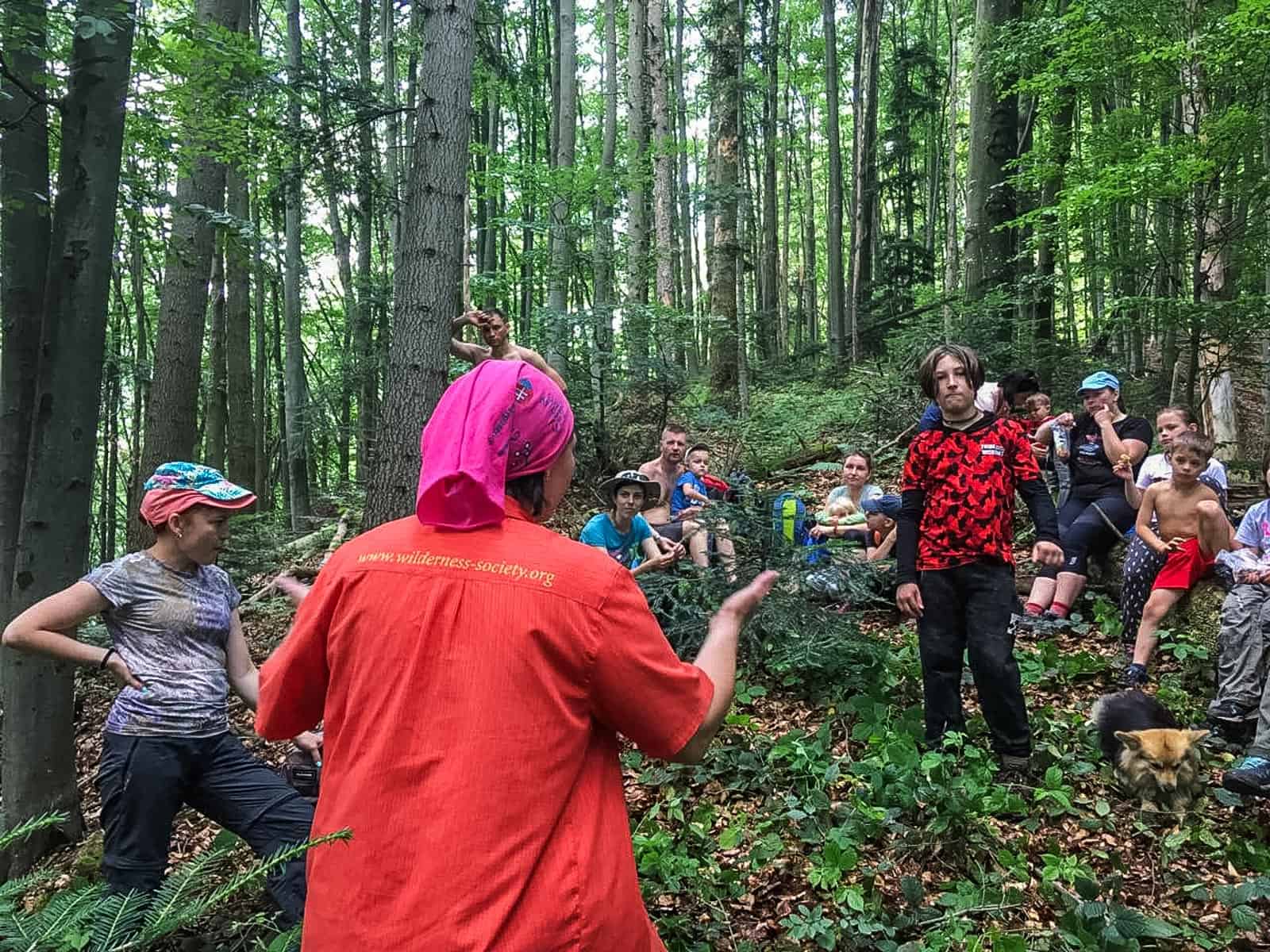
Mount Kenya, a majestic peak in Kenya, not only boasts breathtaking landscapes and thrilling climbing expeditions but is also home to a rich variety of bird species. However, the increasing number of tourists visiting this natural wonder has raised concerns about the impact on the delicate bird habitats.
The influx of people exploring the mountain can disrupt the natural nesting and feeding behaviors of the birds, causing a disturbance to their breeding seasons. Additionally, the construction of tourist facilities and infrastructure can lead to habitat loss and fragmentation, threatening the survival of these beautiful creatures. As responsible travelers, it is crucial to be aware of the potential consequences our actions may have on the local environment and take steps to minimize our impact.
At Volcano Mountain Expeditions, we understand the importance of sustainable tourism practices in protecting the bird habitats on Mount Kenya. Through our expert guidance, we can help you organize a trip that not only allows you to experience the beauty of this natural wonder but also ensures the protection of its avian residents. With our comprehensive services, we prioritize the well-being of both visitors and the environment. Whether it’s addressing health and safety concerns, promoting cultural sensitivity, or navigating logistical challenges, we are committed to crafting worry-free, enriching journeys that leave a positive impact on the habitats we explore. Join us on an unforgettable adventure to Mount Kenya and let us show you the wonders of this remarkable destination while preserving its bird habitats for future generations.
Balancing Conservation and Economic Growth: Recommendations for Mount Kenya’s Bird Habitats
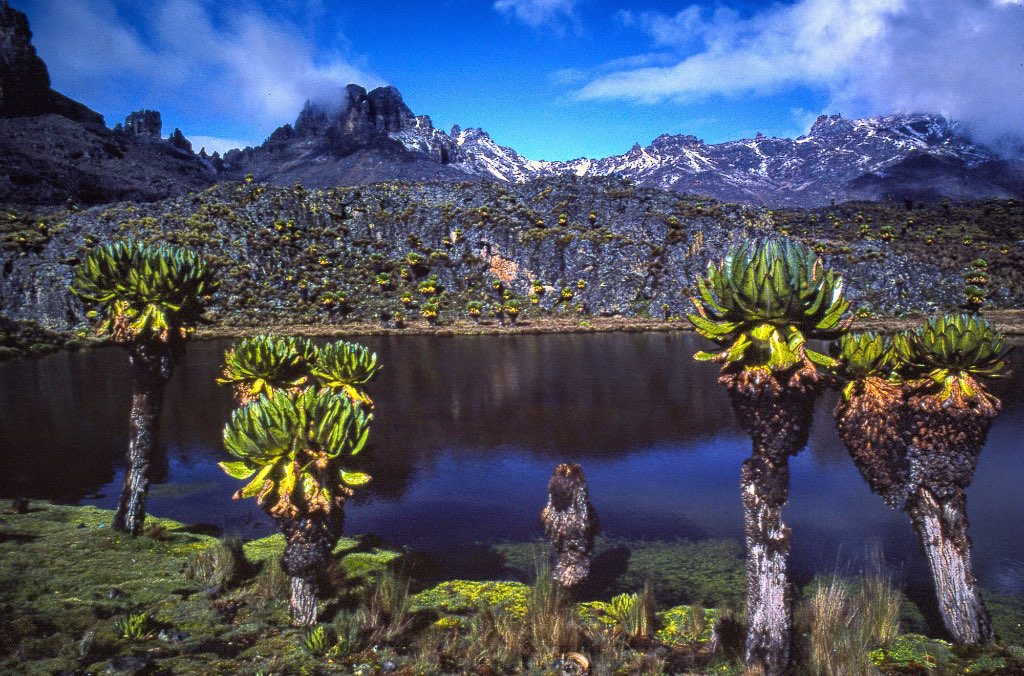
Mount Kenya, with its stunning bird habitats, is a delicate balance between conservation and economic growth. Tourism plays a significant role in the area, attracting visitors from all over the world to witness its breathtaking natural beauty and diverse birdlife. However, the impact of tourism on Mount Kenya’s bird habitats cannot be overlooked.
One of the main concerns is the disturbance caused by human presence. Increased tourist activity can lead to habitat degradation and disturbance to bird species, affecting their breeding and feeding patterns. It is crucial to find a balance where tourism can thrive while minimizing its impact on the bird habitats.
To achieve this delicate balance, it is essential to implement sustainable tourism practices. This includes educating visitors about the importance of preserving these habitats and encouraging responsible behavior. Establishing designated viewing areas and maintaining a respectful distance from the birds can help reduce disturbance. Additionally, supporting local communities through tourism revenue can create a sense of ownership and responsibility towards the conservation of Mount Kenya’s bird habitats. By working together, we can ensure that tourism brings economic growth without compromising the integrity of these precious ecosystems.
Q&A
Q: What is the impact of tourism on Mount Kenya’s bird habitats?
A: The impact of tourism on Mount Kenya’s bird habitats is a topic of concern for conservationists and nature enthusiasts alike. The influx of tourists to this majestic mountain has undoubtedly left a mark on the delicate ecosystems that support a wide variety of bird species.
Q: How has tourism affected the bird habitats on Mount Kenya?
A: Tourism on Mount Kenya has had both positive and negative impacts on bird habitats. On one hand, the increased attention and awareness brought by tourists have encouraged conservation efforts and sustainable practices. Local communities have been motivated to participate in bird habitat restoration programs to ensure long-term protection.
Q: Can you elaborate on the negative impacts of tourism on bird habitats?
A: Despite the positive aspects, tourism has also brought some negative consequences for bird habitats. The rise in infrastructure development, such as lodges and campsites, has led to habitat fragmentation, potentially disturbing bird species that rely on vast areas for feeding and breeding.
Q: What are the potential threats posed by tourism?
A: Tourism can introduce non-native species, disrupt natural bird behaviors, and increase pollution from waste disposal and fuel consumption. These factors can negatively affect bird populations and their habitats, potentially leading to a decline in biodiversity.
Q: How are conservation initiatives addressing these threats?
A: Various stakeholders, including conservation organizations and government bodies, have implemented measures to mitigate the threats posed by tourism. These initiatives focus on sustainable tourism practices, education and awareness programs for tourists, and habitat restoration projects to enhance bird conservation efforts.
Q: Can Volcano Mountain Expeditions guide visitors to Mount Kenya and other tourist attractions in Kenya?
A: Yes, Volcano Mountain Expeditions offers guided tours to Mount Kenya and other enthralling tourist attractions in Kenya. With their expertise in organizing trips and their commitment to environmental sustainability, they can ensure a memorable experience while respecting and preserving the bird habitats on Mount Kenya.
Q: How can tourists contribute to the preservation of bird habitats while visiting Mount Kenya?
A: Tourists can play an active role in conserving bird habitats during their visit to Mount Kenya. They can follow responsible tourism practices, such as staying on designated trails, minimizing waste generation, and supporting local communities engaged in conservation efforts. By being respectful and mindful visitors, tourists can help protect the fragile ecosystems and the vibrant birdlife that calls Mount Kenya home.
Remember, if you wish to embark on a journey to Mount Kenya and explore Kenya’s stunning attractions, Volcano Mountain Expeditions can guide you in English, providing a seamless and sustainable experience.
In Conclusion
As the flutter of wings fades into the background, it’s important to reflect on the impact of tourism on Mount Kenya’s bird habitats. While visitors flock to this majestic peak, we must consider the delicate balance between exploration and preserving the natural world.
But fear not, fellow nature enthusiasts! Volcano Mountain Expeditions is here to guide you on an unforgettable journey. Our expert team can organize a trip to climb Mount Kenya and discover the breathtaking wonders of Kenya’s other tourist attractions.
When you embark on an adventure with Volcano Mountain Expeditions, you can rest assured that every aspect of your journey is taken care of. From ensuring your health and safety to navigating the cultural landscapes with sensitivity, we address all concerns. Encounter wildlife responsibly, overcome logistical challenges effortlessly, and stay within your budget effortlessly.
With a commitment to crafting worry-free and enriching journeys throughout Africa, Volcano Mountain Expeditions invites you to explore this magnificent continent like never before. Join us, and let your spirit soar alongside the birds of Mount Kenya.

